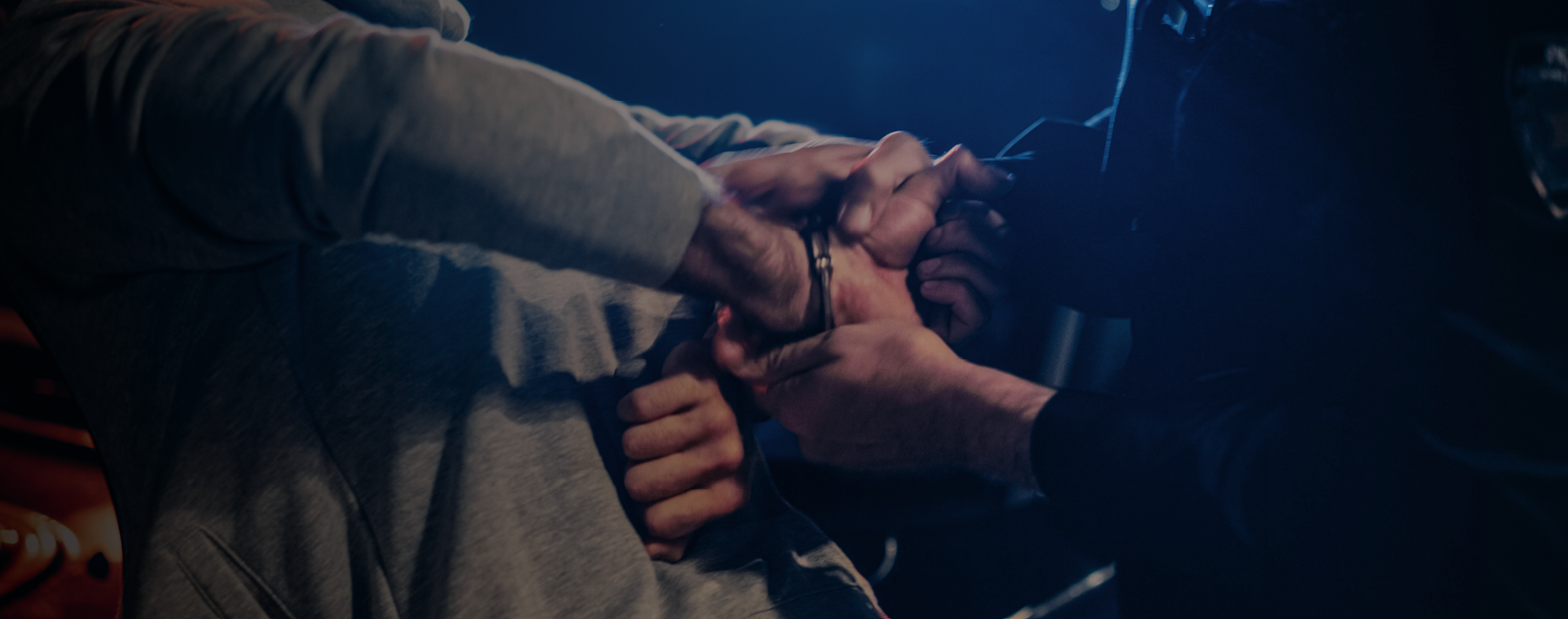For thousands of years, canines have been trained to assist humans—from hunting and protection, to use in the military, to helping physically and emotionally disabled individuals. When it comes to canines in public safety, our minds jump immediately to canine officers trained for law enforcement duties. But a new use is emerging for dogs in public safety: to provide emotional support to victims and witnesses in legal proceedings.
The Contra Costa County (CA) District Attorney’s Office, a Lexipol customer, is one agency benefiting from the use of assistance dogs in the courthouse environment. Recently, the agency added a Courthouse Dog Program (CDP) Policy to their Lexipol manual. A closer look at this program provides insight into how other public safety agencies can consider using dogs in positions beyond law enforcement.
What Is a Courthouse Dog?
Courthouse dogs are different from dogs used to assist disabled persons. They are usually black or yellow Labs and are tested for temperament when they are puppies.
Dogs that enter Contra Costa County’s CDP are graduates of an accredited dog school. They are owned by Canine Companions for Independence (CCI). Courthouse dogs live with their handlers, much like law enforcement canines, with the handler accepting primary responsibility for the dog’s care. Most of the dogs have been trained since they were puppies and have been with their handler since they were about 2 years old. They are highly trained and must have specific characteristics to become assistance dogs.
Courthouse dog handlers are working professionals in the legal field, such as assistant district attorneys, law enforcement officers, forensic interviewers or victim advocates. They are trained in the work the dog will be doing as well as how to use canines in the investigation and prosecution of crimes. Handlers are given the opportunity to adopt their dog when the dog retires.
What Do Courthouse Dogs Do?
The courtroom is the last place you would probably expect to see an animal. But Contra Costa County and other public safety agencies have had remarkable success using assistance dogs to accompany victims and witnesses to the stand, especially children. The dogs’ responsibilities include:
• Be emotionally available for the witness when the need arises
• Remain quiet and unobtrusive in the courtroom
• Lie down beside the witness for extended periods of time
• Refrain from distracting the witness or engaging in any behavior that would distract anyone else in the courtroom
• Be able to assist the witness for as long as necessary
A CDP dog recently assisted in the forensic interview of a 5-year-old who was molested by their father. The child would not speak and authorities thought the child might be mute. However, when the facility dog was brought in, the child immediately responded to the dog and wouldn’t stop talking. In another recent case, a CDP dog was used for two children who witnessed their father shoot and kill their mother and then himself. The children responded well to the comfort the dog brought them.
Only witnesses requiring this type of assistance are provided the emotional support of a courthouse dog. CDP handlers have found that it’s best to allow the dog and the witness to bond and interact during pretrial interviews. This gives the dog the opportunity to read the emotional state of the witness and make them more comfortable with each other.
Other Uses for Courthouse Dogs
Children’s Advocacy Centers in California use CDP dogs to achieve their mission of helping child abuse victims and facilitating the identification and prosecution of child abuse perpetrators. Parents appreciate the Center’s concern for the welfare of their child and can see the child’s comfort and stress level reduced in the presence of the assistance dog. Children are much more relaxed if they enjoy interacting with a dog and they tend to provide better information about an incident when in the presence of a loving dog.
Public safety agencies have had remarkable success using assistance dogs to accompany victims and witnesses to the stand, especially children.
CDP dogs are also used to assist those moving through the legal system as a result of drug or mental health issues. Many of these individuals are homeless and unemployed, and most are estranged from their families. They may suffer from anxiety attacks while waiting for their hearing and sometimes leave the courtroom, only to have a bench warrant issued for their arrest. Naturally, this causes a delay in their treatment. CDP dogs are being used to calm these individuals and guide them through the legal process and on to treatment.
The courthouse dogs also help treatment center staff and legal staff, who carry the emotional toll of trying to help some of the community’s most vulnerable members. A dog can provide emotional support for everyone.
At least 13 counties in California use assistance dogs in their courthouses, and the program has spread as far as Argentina, Canada and soon Japan. It’s not difficult to understand why: Emotionally distraught witnesses are better able to recount details that can prove critical in judicial proceedings, and children once too afraid to speak up are empowered to tell their stories. Even defense attorneys can benefit from the emotional support dogs provide witnesses during cross-examination. Juries understand some witnesses, especially children, need the support the dog can give them.
Policy Considerations
For the Contra Costa County District Attorney’s Office, the Courthouse Dog Program Policy establishes guidelines for the use and management of these specially trained canines to augment public safety services to their community. Their dogs graduate from Assistance Dogs International and are assigned to a Primary Handler. A Secondary Handler is also assigned as a backup for the Primary Handler and must possess the same training and certification.
CDP Support consists of office staff members trained by the Primary Handler and approved by the CDP Facilitator in the basic commands and guidelines related to the dog. Although the CDP Support may have the dog present in an interview with them, the Primary Handler must be on the premises and nearby. When the dog is not involved in an assignment, it is kept in a designated downtime area of the office during the work day.
Children are much more relaxed if they enjoy interacting with a dog and they tend to provide better information about an incident when in the presence of a loving dog.
CDP dogs wear blue-and-yellow vests while on duty and training. The vests identify the dogs as facility dogs performing official duties. As the policy states, the dogs’ primary function is to assist in investigation of criminal acts or other traumatic events involving persons by being present during various stages of the investigative process. This may include doctor or hospital visits, meetings, interviews, court proceedings, follow-up visits, and other interactions between the legal system and the victim.
CDP dogs are not allowed in crime scenes or at a victim’s home except in extenuating circumstances and only with the approval of the Facilitator and the Primary Handler. In the event an adult and a child are both victims, the dog will be given to the child victim and will continue with that victim until all investigative and prosecution proceedings have been completed or until the victim no longer wants the support.
The policy, written by the Contra Costa County District Attorney’s Office, also covers program definitions, CDP dog functions, utilization, reports, forms, how to request the dogs’ services, consent to participate, office accommodations, victim/witness accommodations, public/visitor accommodations and court proceedings.
If you’re interested in starting a courthouse dog program in your facility, or just want more information, visit the Courthouse Dogs Foundation, Assistance Dogs International and Canine Companions for Independence.



